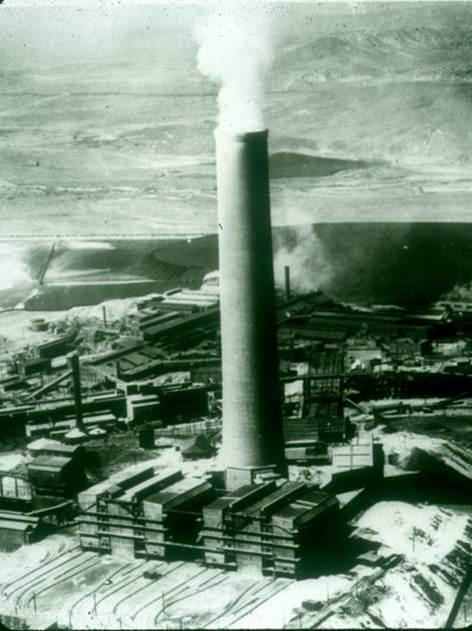Over the years, DCEG research on the association between occupational exposures and cancer has made a significant impact in the following areas:
2,4-D
The U.S. Environmental Protection Agency (EPA) established label instructions to change clothes after 2,4-D application, and the Veterans Administration adjusted compensation policies for exposure to Agent Orange, after a DCEG report showed increased lymphoma risk associated with 2,4-D exposure (Hoar et al., 1986).
Arsenic (Occupational Exposure)
The International Agency for Research on Cancer (IARC) Monograph Programme classified airborne arsenic as a human carcinogen, and the U.S. Occupational Safety and Health Administration established new exposure limits, following DCEG research that found excess risk of respiratory cancer among copper smelter workers (Lee and Fraumeni, 1969) and nearby residents (Blot and Fraumeni, 1975) exposed to inorganic arsenic.
Acrylonitrile
The NCI Acrylonitrile Cohort Study contributed to the IARC classification of acrylonitrile as carcinogenic to humans (Group 1) on the basis of sufficient evidence for lung cancer.
Benzene
An EPA rule limiting the benzene content in gasoline and requiring controls on passenger vehicles and portable fuel containers to reduce pollutants was informed by DCEG research showing evidence of hematotoxicity from benzene exposure at levels below the occupational standard at the time (Lan et al., 2004). This research also resulted in a lower action level in China. More information on benzene-associated hematoxicity and carcinogenicity.
Chromium Compounds
IARC classified chromium compounds as carcinogenic after DCEG research showed an excess of lung cancer reported among chromium pigment workers (Hayes et al., 1989).
Diesel Exhaust
IARC classified diesel exhaust as carcinogenic to humans largely based on results from the Diesel Exhaust in Miners Study, which played a pivotal role in the 2012 evaluation. More information about diesel exhaust and cancer risk.
Formaldehyde
IARC and the National Toxicology Program’s Report on Carcinogens classified formaldehyde as a human carcinogen following DCEG research that found elevated risks of nasopharyngeal cancer and leukemia among formaldehyde-exposed workers (Blair et al., 1986; Hauptmann et al., 2003, 2004, 2009; Beane Freeman et al., 2009). This research also led to the EPA establishing regulatory standards for formaldehyde. More information about DCEG research on formaldehyde exposure.
Pesticides
DCEG investigations of pesticide exposure and cancer risk have been used by IARC and EPA in their determinations of carcinogenicity of agents including: trifluralin, atrazine, dichlorvos, DDT and lindane, diazinon, chlordane, organophosphate insecticides (malathion, diazinon, tetrachlorvinphos and parathion), and the herbicide glyphosate.
Silica
IARC classified silica as a human carcinogen, citing DCEG studies of silica-exposed miners and workers in pottery factories and dusty trades (Chen et al., 1989, 1990, 1992; Amandus et al., 1991, 1995).
Tetrachloroethylene
IARC classified tetrachloroethylene as a probable human carcinogen. Results from the DCEG study of dry cleaners provided important findings for this conclusion (Blair et al., 1990).
Trichloroethylene
The EPA and IARC evaluated trichloroethylene and concluded that there was sufficient evidence for carcinogenicity in humans. Results from the DCEG cohort study of civilian workers at Hill Air Force Base (Blair et al., 1998; Radican et al., 2008) and the Eastern European kidney cancer case-control study (Moore et al., 2010) provided evidence on cancer risks and genetic susceptibility. A DCEG cross-sectional molecular epidemiology study of healthy workers exposed to trichloroethylene found evidence of both immunotoxicity and kidney toxicity (Lan et al., 2010; Hosgood et al., 2011; Vermeulen et al., 2012).
Wood Dust
IARC classified wood dust exposure as a human carcinogen after studies showed increased nasal cancer among furniture workers (Brinton et al., 1977, 1984).

